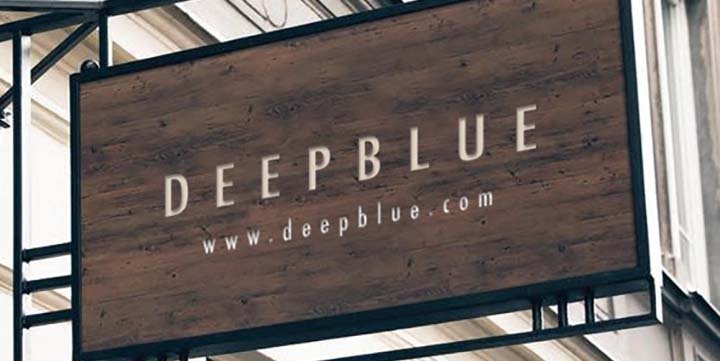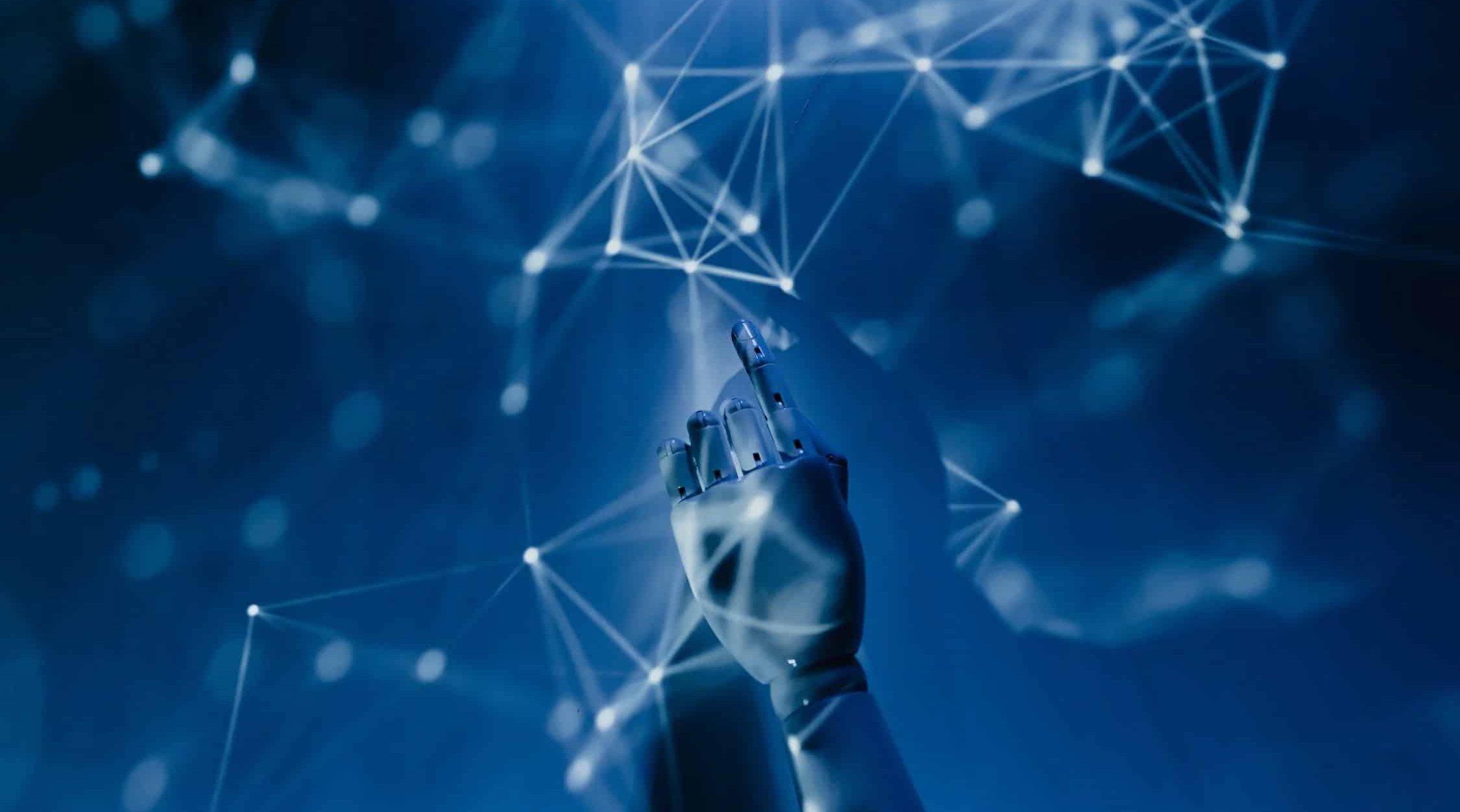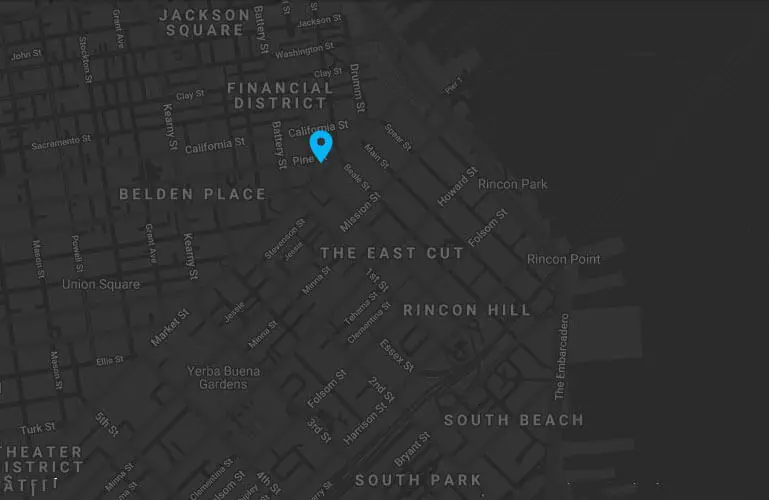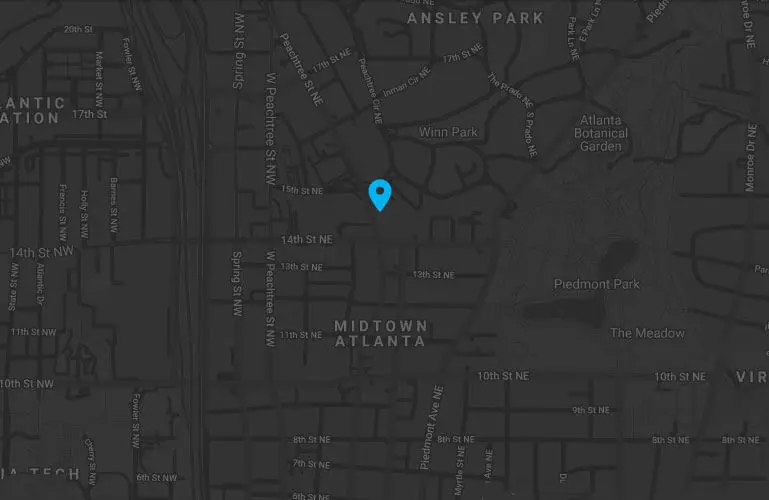The internet, like an ever-evolving organism, sheds its skin, sprouts new features, and constantly redefines itself. As users, we adapt and embrace these changes, but few things transform our online experience as dramatically as web design. So, what holds for the future of web design? Strap on your digital surfboard, because we’re diving into a wave of potential and possibility.
The Immersive Wave:
Imagine websites that transcend the flat screen, embracing 3D elements, augmented reality (AR), and virtual reality (VR). Browsing wouldn’t just be about consuming content; it would be about stepping into an interactive world. Think virtual museum tours, product demonstrations in your living room, or attending concerts from the comfort of your couch.
The Voice Wave:
Voice interfaces are on the rise, and web design will need to adapt. Imagine navigating a website through voice commands, dictating content, or having the site respond to your questions as if in a conversation. This will reshape UX, prioritizing clarity, intuitiveness, and natural language processing.
The Personalization Wave:
AI will revolutionize web design, allowing for hyper-personalized experiences. Websites will tailor content, layouts, and features based on your preferences, browsing history, and even emotional state. This could mean news feeds adjusted to your mood, product recommendations that feel eerily accurate, or educational platforms that adapt to your learning pace.
The Motion Wave:
Microinteractions, subtle animations, and dynamic elements will become the norm. Websites will feel less static and more like living organisms, engaging users with a sense of playfulness and interactivity. This could involve animated navigation buttons, parallax scrolling effects, or even AI-powered chatbots that move and express emotions.
The Minimalist Wave:
In the face of information overload, simplicity will reign supreme. Clean lines, muted colors, and white space will be key to enhancing readability and focus. Design will favor content hierarchy and user journey optimization, ensuring users can find what they need quickly and easily.
The Sustainable Wave:
As environmental consciousness grows, eco-friendly web design will gain traction. This means optimizing websites for energy efficiency, using recycled materials for UI elements, and prioritizing green hosting solutions. The future web will be mindful of its environmental impact, setting a positive example for other industries.
The Accessible Wave:
Inclusivity will be a cornerstone of future web design. Websites will be built with accessibility in mind, ensuring they are usable by everyone, regardless of ability. This means incorporating features like screen readers, keyboard navigation, and alt text for images. A truly immersive future won’t leave anyone behind.
The Collaborative Wave:
Web design will evolve beyond isolated websites, fostering a web of interconnected platforms and experiences. We might see real-time collaborative editing of website content, seamless data sharing between platforms, and even integrated social features that encourage user interaction and community building.
The Ethical Wave:
As data privacy concerns intensify, ethical considerations will be paramount in web design. This means transparent data collection policies, user-centric decisions regarding targeted advertising, and building trust through responsible design practices. The future web will respect user privacy and empower individuals to control their online experience.
It’s important to remember that these are just glimpses of the potential future, and not all trends will unfold at the same pace. The web as we know it is constantly evolving, and the role of web designers will become even more crucial in shaping its future.
So, what can you do to prepare for this wave of change? Stay informed about emerging technologies, explore new design principles, and keep user needs at the heart of your work. Let’s navigate the future of web design together, creating a web that is immersive, personalized, sustainable, and accessible for all.
This is just the beginning of the conversation. The future of web design is wide open, brimming with possibilities that push the boundaries of our imagination. Are you ready to ride the wave?

DEEPBLUE is a web design agency that delivers measurable results.
When it comes to these hot new trends, the team here at DEEPBLUE is ready and willing to use them when designing your site. In fact, many of the new trends follow the work we have completed, making us proud web design trendsetters. If you want to get your hands of a site that is innovative and designed beautifully then give us a call, we’d love to work with you.


